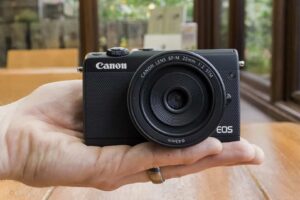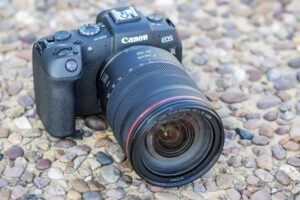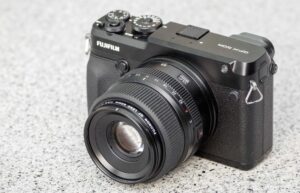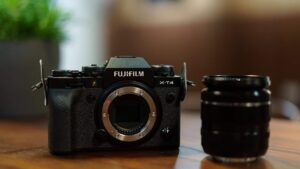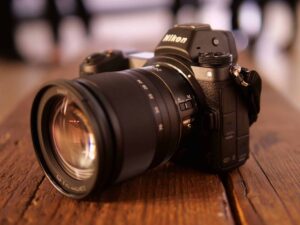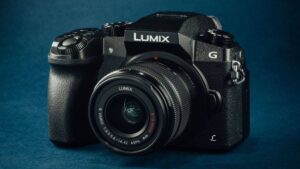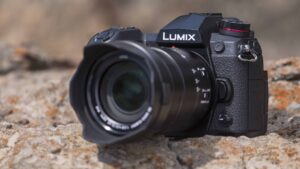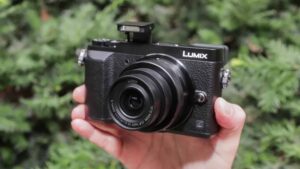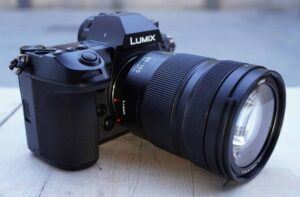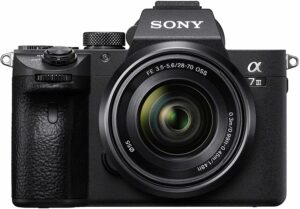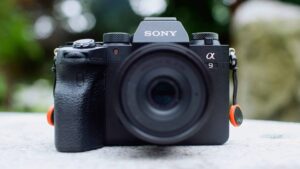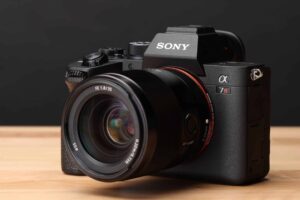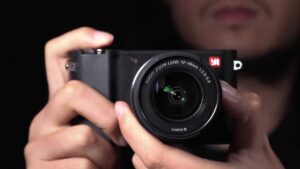The Olympus E-M10 II embodies what we’ve come to expect from Olympus and its mirrorless cameras. Things like an extensive feature set, wonderful electronic shutter, and outstanding electronic viewfinder make the OM-D E-M10 a staple consideration for anyone looking for the best mirrorless camera.
Why We Like It – Olympus OM-D E-M10 Mark II
Like the Olympus Tough TG-610, the E-M10 II Olympus is a compact, interchangeable lens camera great for everyday use, enthusiast use, and professional use. The Olympus OM-D E-M10 II also comes at a very affordable price when compared to its competition. It is by no means a budget camera, and for this price, the Olympus OM-D E-M10 Mark II should be on anyone’s watch list for a new camera. For other great cameras like this, check out the Fujifilm X T10 and the Fujifilm digital camera.
- Superb image stabilization
- Excellent touch screen
- 2,360,000-dot OLED electronic viewfinder
- Average battery life
- Automatically saving images can be annoying
- Disappointing kit lens
Performance
The battery life on the E-M10 II Olympus is rated at 320 shots which is average for this type of camera. However, the image stabilization inside the Olympus OM-D is quite good and operates over a 5-axis. The ISO range on the Mark II ranges from 200 up to 25,600 and it offers pretty good image quality across these ranges for a micro four-thirds camera. Still, the Sony A7 III operates slightly better across this ISO range, with the difference becoming quite noticeable at 12,800.
Design
The Olympus OM-D E-M10 shoots in full resolution and those images are saved automatically so it’s a good idea to turn off raw recording to save space on the memory card. The kit lens on the Olympus OM-D is an M.ZUIKO Digital ED 14-42mm triple zoom lens in black or silver (depending on what you order). This is a little disappointing as this kit lens may not be as sharp as other kit lenses from this like the E-M5 II.
The Nikon Z6 has access to a plethora of lenses and most of those are Nikon lenses you know are going to be quality. An upgrade the OM-D E-M10 Mark II has over the E-M5 Mark II, however, is a touchscreen that allows you to use your thumb to move the focus points while you keep your eyes on the electronic viewfinder.
Value
Some other features on the Mark II include: being able to shoot up to 8.5 frames per second or 4 frames per second with continuous AF enabled, an electronic shutter that allows shutter speeds up to 1/16,000 per second, a 2,360,000-dot OLED electronic viewfinder; a significant improvement over the original EM-10, and a 16MP four-thirds sensor which produces superb image quality. Unfortunately, there is no 4K video shooting. The Panasonic Lumix G7 offers it, and it’s one of the best 4K video quality mirrorless cameras on the market. For other 4K devices, check out the Olympus Tough TG-6 and the Panasonic Lumix S1R.
Olympus OM-D E-M10 Mark II Wrap Up
The OM-D E-M10 II offers a lot of great value for an inexpensive $600 price tag. There are some unfortunate omissions, granted, like 4K video, average battery life, and an annoying auto-save system. But what the OM-D E-M10 Mark II lacks in these areas it makes up for in image quality and overall performance. And isn’t image quality what we buy cameras for in the first place?

